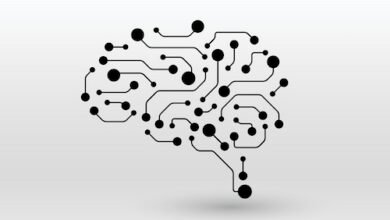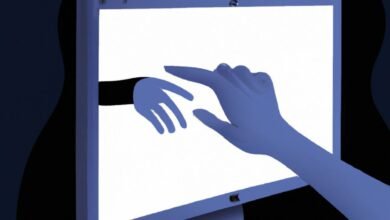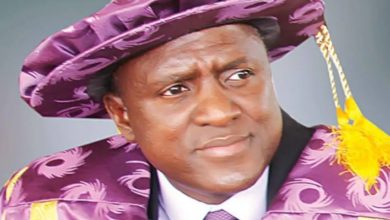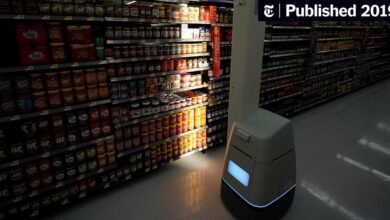Cornell Tech – AI vs. Artists: The Future of Creativity

Photo Credit: Bloomberg / Provided
Jess Campitiello
Over the past year, artificial intelligence (AI) art generators like Stable Diffusion, DALL-E 2, and Midjourney have been making headlines. What started as a fun, harmless, and novel way to kill time for ordinary people quickly turned into a professional debate over artistic integrity.
Generative AI programs are trained by scraping large online public datasets to learn which words are associated with corresponding images. Once this is done, the user enters text at her prompt and the program compiles what it has learned into a single image output. Björn Ommer, who worked on Stable Diffusion, explains more about how it works here.
Accusations of art theft arose over the use of creative works to train these models, as the image output imitated the style of famous artists without their consent. When the AI-generated work won first place in an art competition, there was a strong backlash. On Reddit, a user was banned for posting his work because it looked too much like AI art. Ultimately, this outrage led to multiple lawsuits against these programs.
At the same time, generative AI platform Scenario raised $6 million in seed funding, and Microsoft made a “multi-year, multi-billion dollar investment” in OpenAI, the developer of Dall-E 2 and ChatGPT.
“This technology is undergoing a Cambrian explosion right now,” Scott Belsky, Adobe’s chief product officer and executive vice president of Creative Cloud, said at the latest Cornell Tech @ Bloomberg Speaker Series event. Ta. Adobe has worked with more than 800 partners to add generative AI to their products while maintaining user trust.
When asked about how artificial intelligence and machine learning fit into the future of the arts, Belsky made three main points:
-
Your creative confidence will only grow.
Belsky explained that our creative confidence typically peaks during childhood. Starting with simple crayon drawings, many children find an outlet for their creativity in art. Crude imitations of homes, animals, and loved ones are plastered on refrigerators and prized. But as we grow older and encounter critics who insist on color within the lines and accurate representation on the page, our confidence wanes. Along with that, so do the efforts of many people pursuing artistic endeavors. This technology not only makes creativity widely accessible, but also increases an individual’s artistic confidence as the barrier to entry is very low.
-
Professionals have access to endless creative possibilities.
Generative AI allows artists to create countless visual concepts with the click of a button, dramatically streamlining the process of sharing potential design ideas with clients. Providing clients with some simple AI “thumbnail sketch” options can help artists complete their work faster without wasting time creating preliminary visuals. Fabricated art is not intended to be used as a substitute, but as a starting point for the artist’s own creative output. AI can even provide design options that artists wouldn’t have considered otherwise, Belsky said. Integrating this technology into an artist’s tools could give them a “game-changing breakthrough.”
-
People who focus on results and people who focus on process.
Belsky discussed two different types of generative AI users: result-oriented users and process-oriented users.
Results-oriented people are less interested in the details of the final product and more focused on receiving the product itself. For example, if a results-oriented person asks her AI program to generate an image of a “space cowboy,” she may be happy to use the first image presented that suits her needs. Sho. The speed of output is important.
Process-oriented people, on the other hand, focus on what is produced by an AI program and use it as a tool to create something unique that suits their needs. If you enter the same prompt, you can attract and emulate his entire configuration of one of the outputs, but you can move the cowboy’s arms to specific positions and make other edits over and over again to get exactly what you want. You’ll end up creating the final product exactly how you want it.
Belsky explained that we all tend to be outcome-oriented and process-oriented.
Do artists have a right to be scared? Belsky said that while AI will not replace creativity in space because it cannot emulate the human aesthetic sense, their concerns are valid and should be taken into consideration moving forward with these powerful technologies. He says there are many important issues that need to be addressed. “Is their content trained on these models? If so, how are they compensated? Can they produce something in a particular person’s style? Are people ethical? and say ‘no,’ but other players can say, ‘It’s free for everyone.’
Belsky said that while nothing is stored in Adobe’s cloud for use in training generative AI, the company will be very specific about this in future terms and policies to avoid any ambiguity. He concluded his thoughts on the matter by saying that he plans to do so. Regarding that matter.
Read the full interview on Cornell Tech @ Bloomberg.
The Cornell Tech @ Bloomberg Speaker series is hosted by Bloomberg Television’s Scarlet Fu and Bloomberg QuickTake in partnership with Bloomberg, Cornell Tech and Tech:NYC.
Jess Campitiello is a digital communications specialist at Cornell Tech.
Source link




